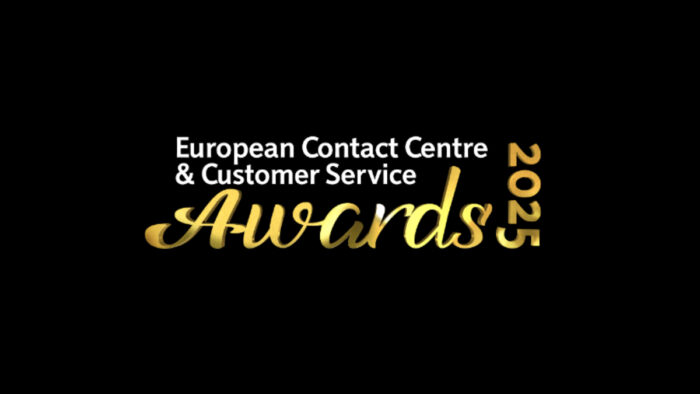Contact center leaders know one thing for sure – customers are the ones paying everyone’s salaries.
Therefore, it won’t surprise you that the probability of selling to an existent happy customer is up to 14x higher than the probability of selling to a new customer, as Groove reports, because you know that 86% of customers will pay more for a better customer experience.
But if your department is guilty of common contact center crimes, expect customers to walk out the door.
To make sure that doesn’t happen to you, here’s a list of these common crimes and how they can actually give you an unfair advantage over competitors.
1) You Make Customers Work too Hard to Get Support
You might have established your contact center to ensure customer satisfaction, yet according to CEB, customer service interactions are actually 4x more likely to lead to disloyalty than loyalty – because 59% of customers reported moderate to high additional effort to resolve their issues.
How are you making them work hard?
According to CEB, 62% have to call you more than once, 52% get transferred from agent to agent, and 56% say these transfers require them to repeat their issues, sometimes more than once.
According to Velaro, 90% of customers also consider waiting on hold too much of an effort. While you might not always be able to satisfy those 32.3% who think you should never put them on hold, there are plenty other ways to win customers’ hearts.
2) Your Contact Center isn’t Empathy Driven
New Voice Media reports that 49% switched brands to “escape poor service,” leading to $62 billion revenue loss in 2015 – $21 billion dollar more than was attributed to this KPI in 2013.
That means that showing customers you care is an increasingly important goal for contact centers.
According to Groove, empathetic support is even more important than speedy support, and 40% of customers see better human service as the most important factor when they communicate with companies.
3) You’re Doing Social Media Wrong
A social media interaction costs $1, compared to $6 for a call center interaction, reports Clarabridge, adding that a resolved negative tweet leads to 3x more revenue potential than a positive tweet. No wonder more contact centers now provide social customer care.
The problem is many of them are doing it wrong.
First, they don’t respond fast enough. According to Clarabridge, customers spend additional $17.18 with a company that responds to tweets in less than 4 hours.
Second, they spread their teams too thin. It’s more efficient to provide social customer care on one or two channels your customers use most, than open an account on every social media platform.
And there’s another problem:
4) You Don’t Have a Cohesive Cross-Channel Strategy
According to Digital Commerce 360, Aberdeen discovered that companies with the best omnichannel customer engagement strategies see an average 9.5% year-over-year increase in annual revenue and 7.5 year-over-year decrease in cost per customer contact, compared with a 3.4% increase and a 0.2% decrease, respectively, than companies with poor omnichannel strategies.
Omnichannel customer care means your customers can start interacting with your agents on one channel (say, Twitter) and switch to another (say, email and/or phone), without starting their story from scratch or feeling like they’re talking to different brand personalities.
Yet according to Aspect, 61% [of customers] have not been able to easily switch from one channel to another when interacting with customer service.
5) You Don’t Put Your Agents First
Call centers have a turnover rate of between 30% and 45%. By comparison, the 2013 average employee turnover rate for all industries in the United States was 15.1%, reports Talkdesk.
According to QATC, it costs $10,000-15,000 to replace every agent you lose. That’s money that could have gone to improving other items on this list.
Contact centers that train their customer service agents, back them up with customers and make sure they’re happy in the workplace get agents that work harder for them and show up more empathetic in customer interactions, so customer retention increases as well.
How These Common Contact Center Mistakes Give You an Unfair Advantage
According to the Harvard Business Review, 89% of customer service heads said that their main strategy is to exceed expectations. But… 84% of customers [said]… that their expectations had not been exceeded during their most recent interaction.
This can work in your favor, because when so many companies commit customer service crimes, the one company that actually exceeds customer expectations gets an unfair advantage.
Get your team together and make a plan to be that company a year from today.
KMS lighthouse provides knowledge management solutions for organizational excellence. Lighthouse structures the entirety of organizational knowledge, providing employees with the most relevant and up-to-date information for their needs. With Lighthouse, organizations succeed in turning their customer interactions into sales by providing unified customer service on all service channels and turning their employees into experts in their fields after brief training.


